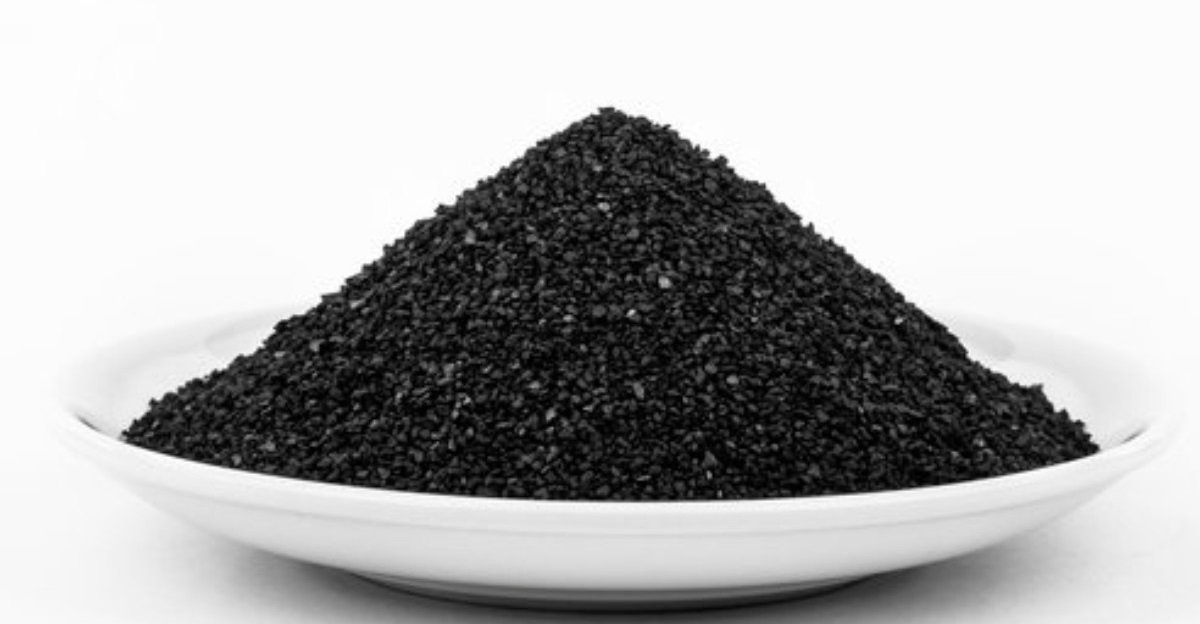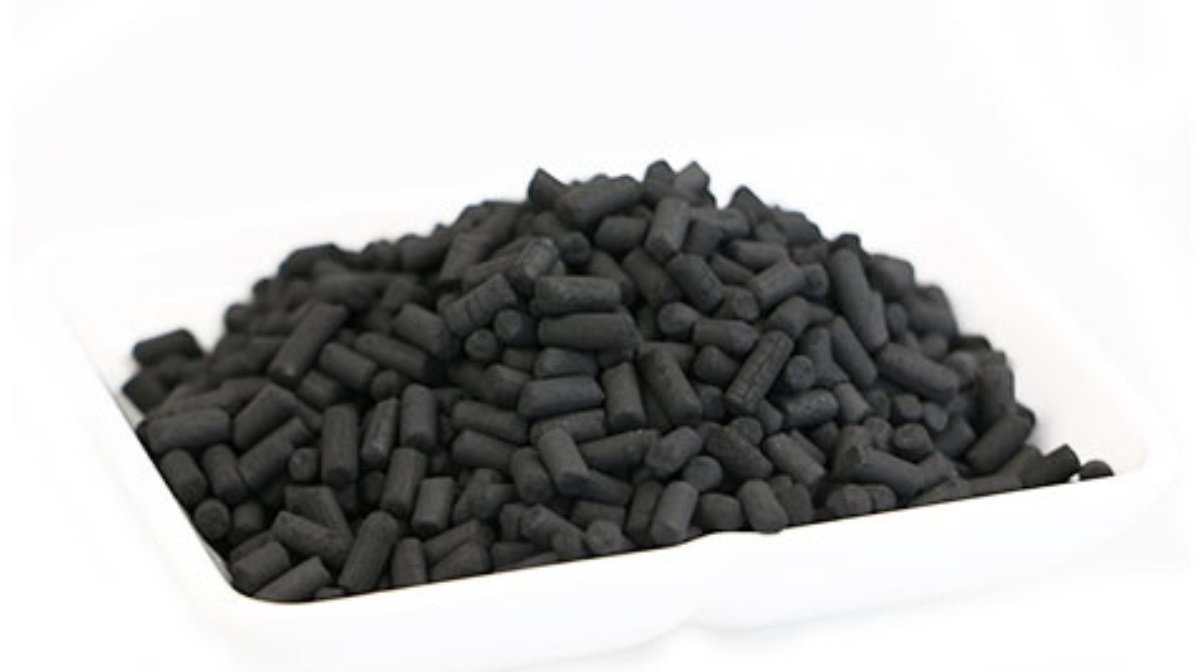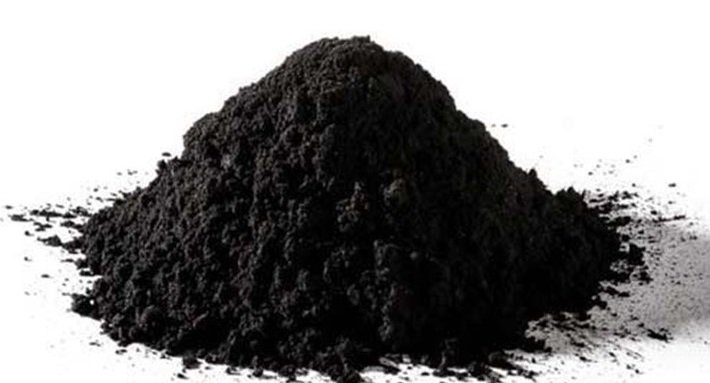Activated Carbon
Granular Activated Carbon has a relatively larger particle size compared to powdered Activated Carbon and consequently, presents a smaller external surface. Diffusion of the adsorbate is thus an important factor. These carbons are therefore preferred for all absorption of gases and vapors as their rate of diffusion are faster. Granulated carbons are used for water treatment, deodorization and separation of components of flow system and is also used in rapid mix basins. GAC can be either in granular or extruded form.
Powdered Activated Carbon is made from organic materials with high carbon contents such as wood, lignite and coal. Manufactured by direct activation, powdered Activated Carbons have been specifically developed for the removal of a broad range of organic contaminants from potable, waste and process waters. They have a relatively smaller particle size when compared to granular Activated Carbons and consequently, present a large surface to volume ratio. PAC is used by water treatment plants on either a full time basis or as needed for taste and odor control or removal of organic chemicals. PAC can be fed as a powder using dry feed equipment or as a slurry using metering pumps. Dry feed systems are typically used for smaller dosages and where PAC feed is infrequent.
Pellet Activated Carbon is produced from Wood and Coconut Shell by high temperature steam activation and manufactured with suitable binders under stringent quality control. The absorption capacity of PAC makes it ideal for removing variety of contaminants from air and gas streams, recovery of solvents, and for evaporative emissions controls.
Activated Carbon is commonly used to adsorb natural organic compounds, taste and odour compounds, and synthetic organic chemicals in drinking water treatment. Adsorption is both physical as well as chemical process of accumulating a substance at the interface between liquid and solids phases. Activated Carbon is an effective adsorbent owing to its high porosity and availability of a larger surface area for better and efficient contaminant adsorption.
Granular Activated Carbon
| PROPERTIES | G-500 | G-600 | G-800 | G-900 | G-1000 | |
| Appearance | Black Granular | |||||
| Size | 4/8, 8/16, 8/30, 12/40 or as required. | |||||
| Iodine Adsorption | mg/g (min) | 500 | 600 | 800 | 900 | 1000 |
| CTC Adsorption | % min | 25 | 45 | 45 | 60 | 70 |
| Surface Area | m2/g | 600 | 700 | 800 | 1000 | 1000 |
| Moisture | % max | 5 | 5 | 5 | 5 | 5 |
| Ash | % max | 5 | 5 | 5 | 5 | 5 |
| pH | 8-11 | 8-11 | 8-11 | 8-11 | 8-11 | |
| Bulk Density | g/cc | 0.50 ± 0.10 | 0.50 ± 0.10 | 0.50 ± 0.10 | 0.50 ± 0.10 | 0.50 ± 0.10 |
| Hardness | % min | 85 | 85 | 95 | 95 | 95 |
Extruded Activated Carbon(Pellets)
| Properties | EAC-500 | EAC-600 | EAC-700 | EAC-800 | EAC-900 | EAC-1000 | |
| Apperance | Cylindrically shaped, Extruded Activated Carbon (Pellets) | ||||||
| Diameter | 3 – 4 – 5 mm or as Required | ||||||
| Iodine Adsorption | Min , mg/g | 500 | 600 | 700 | 800 | 900 | 1000 |
| Ash Content | % Max | 8-10 | 8-10 | 8-10 | 8-10 | 8-10 | 8-10 |
| Moisture | % Max | 5 | 5 | 5 | 5 | 5 | 5 |
| pH | 8-11 | 8-11 | 8-11 | 8-11 | 8-11 | 8-11 | |
| Bulk Density | gm/cc | 0.5-0.6 | 0.5-0.6 | 0.5-0.6 | 0.5-0.6 | 0.5-0.6 | 0.5-0.6 |
| Hardness | Min | 95 | 95 | 95 | 95 | 95 | 95 |
| CTC Adsorption | Min | - | - | 30-35 | 35-40 | 40-45 | 50-55 |
Drop Us a Line
Reach out to us from our contact form and we will get back to you shortly.


